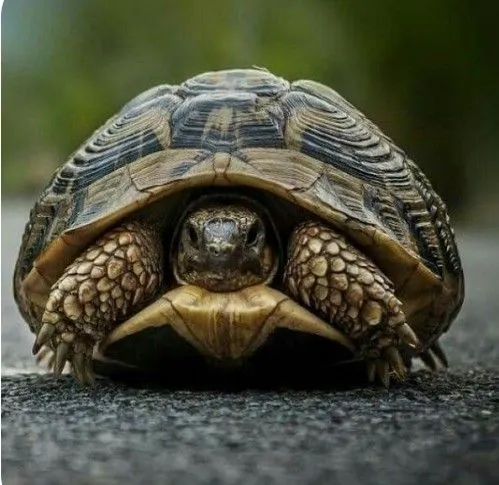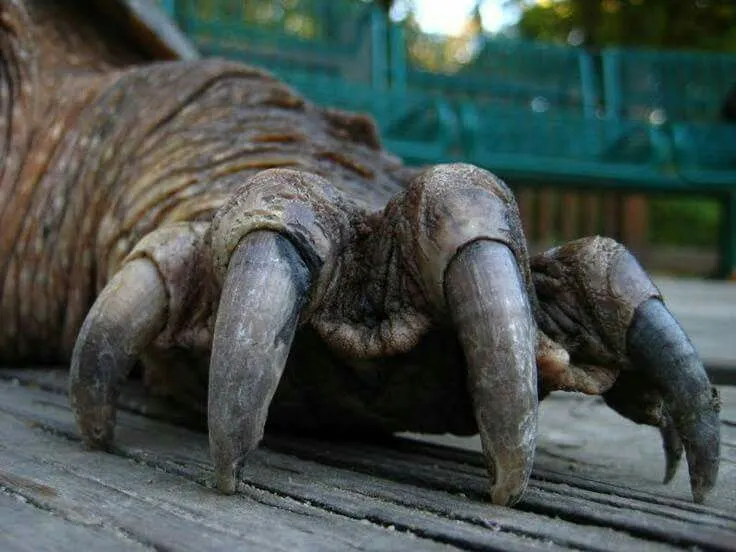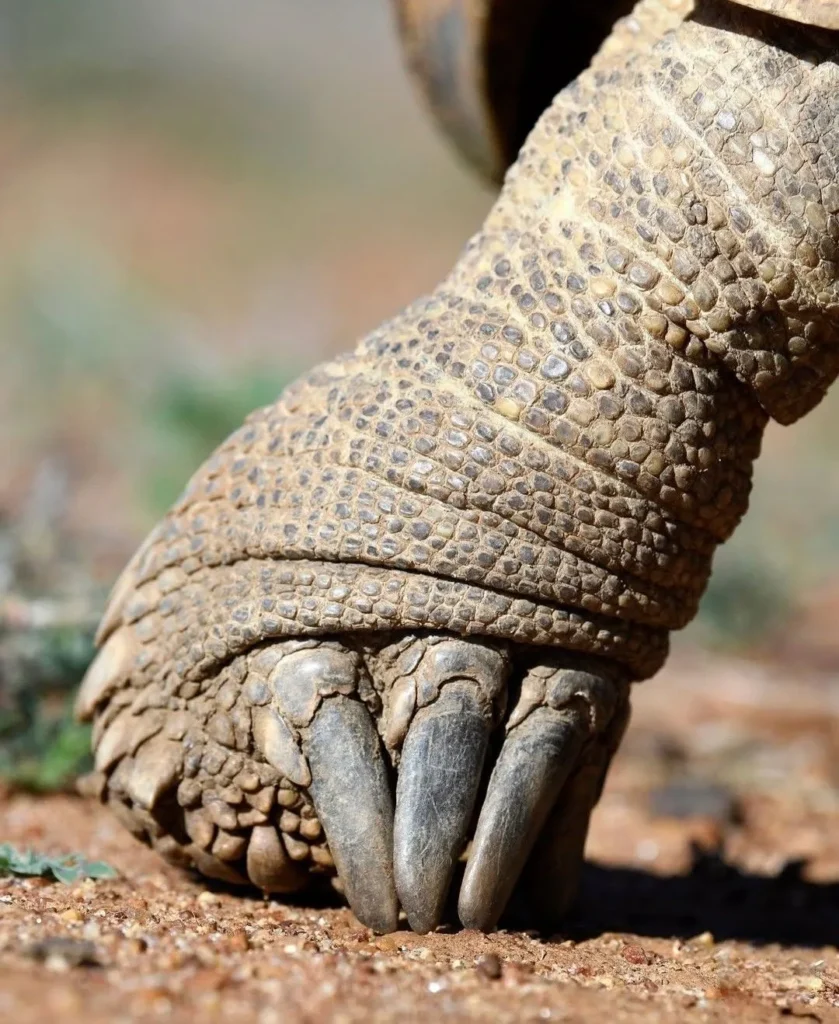Do All Turtles Have Claws?
It is surprising to many that turtles are not uniform when it comes to claws. From my own observations working with species in both aquariums and rescue projects, I noticed that the leatherback stands out as an exception, since it shows no visible claws at all. On the other hand, sea turtles display vestigial claws on their flippers, while freshwater and terrestrial ones have much more prominent structures. The survival of each turtle relates closely to these differences, shaped by their habitats. For instance, webbed feet with claws help in swimming, while strong, curved claws support digging, climbing, and foraging.
I remember handling tortoises during a conservation program, and their claws were much more robust compared to aquatic relatives. Their terrestrial life demands that they push through soil and rocks with strong claws, while freshwater turtles seemed more agile, balancing between water and land. This makes it clear that “Do all turtles have claws?” cannot be answered simply with yes or no. The reality is that most do, with differences in shape, functioning, and evolutionary adaptation, while only the leatherback swims powerfully without them.

Terrestrial Turtles and Tortoises
When I first studied tortoises in dry regions, I realized how their thick, powerful claws shaped their ability to survive. These animals rely on claws to dig extensive burrows and to forage in rugged or sandy habitats. Observing them reminded me that their movement is not about speed but about persistence. The gopher tortoise is a good example, as its long claws help create underground systems that provide protection against predators and harsh climates.
On another occasion, handling box turtles showed me how their wide, hooked claws differ in daily use. Instead of building extensive systems, they rely on claws for raking through forest floors, moving over rocky terrain, and accessing hidden food. Compared to aquatic relatives, their adaptations are about toughness rather than agility, making their claws tools of stability as much as mobility.
Aquatic and Semi-Aquatic Turtles
When I encountered freshwater turtles like red-eared sliders, I noticed their sharper claws played a huge role in their ability to climb onto rocks or bask under the sun. In contrast, snapping turtles relied on these same claws not just for defense but also for catching prey. Their webbed feet give them an advantage in both water and land transitions, something I found fascinating while observing them in mixed habitats.
By comparison, sea turtles function differently. Their flippers have small claws that species such as the hawksbill use to grip coral reefs while feeding on food sources there. I’ve also seen green turtles stabilize themselves during nesting thanks to these structures. Interestingly, leatherbacks stand apart because they lack claws altogether, relying solely on strong ocean flippers for long migrations. These differences underline how adaptations are shaped by specific environments, whether aquatic or semi-terrestrial.

Functions of Turtle Claws
While observing different turtle behaviors, I realized that foraging often comes first. On land, turtles use their claws for digging into soil, scraping through vegetation, and uncovering insects or plants. In contrast, aquatic turtles like the snapping turtle rely on their claws to seize prey in shallow waters. Their sharpness makes them reliable tools for both feeding and defense.
Another critical function is nesting, where females depend on claws to dig holes for eggs in sand or soft ground. Beyond reproduction, claws also support climbing over obstacles, grasping logs, and finding basking sites. They become defensive weapons when confronting predators, backed by strong jaws. In mating, males rely on claws to hold shells and maintain stability in water, proving how essential these features are for reproduction and survival.
Special Adaptations: Hatchlings vs Adults
From working with turtle conservation groups, I learned how hatchlings rely on their tiny claws to break free from their eggs. Watching them dig through sand and struggle toward the ocean showed me the importance of these features for early survival. The ability to gain traction during this critical stage ensures that many reach the water despite predators and natural obstacles.
In contrast, adults use claws for very different roles. During mating, claws provide support and a strong connection as flippers move against currents. Unlike hatchlings that need claws mainly for escape, adults depend on them for swimming stability and reproduction. My field observations made it clear that claws evolve in use over time, reflecting how adaptation continues across life stages.

Conservation and Care
In rehabilitation programs I have worked with, conservation efforts often start with checking the claws for overall health. Any injuries must be treated quickly, since damaged claws reduce a turtle’s ability to survive once released. In controlled aquatic facilities, we design environments that allow proper swimming recovery, while land species need naturalistic areas where they can forage or burrow without restrictions. These steps are crucial for successful recovery and eventual reintroduction into wild habitats.
Veterinary teams and conservationists often stress how important it is for veterinarians to adapt care strategies to each case. From my own experience, monitoring stress levels is just as vital as treating physical wounds. Rehabilitation is not only about fixing injuries but also about making sure the turtle adapts behaviorally. Without stable claw condition, both feeding and movement suffer, which shows how specific adaptations require equally specific care.
6 Differences Between Turtles and Tortoises (EBA Pet Hospital)
When comparing them closely, I noticed how differences between turtles and tortoises become obvious in the field. The shell shape stands out immediately, with tortoises carrying dome-shaped, heavy shells, while turtles usually have flatter ones designed for mobility. Their claws and feet also highlight contrasting lifestyles. Tortoises have strong claws suited for digging in soil, while turtles depend more on swimming ability and gripping surfaces.
I often remind students that these habitat adaptations link to their diet and lifespan too. A tortoise’s robust build supports grazing plants and long survival, while a turtle’s streamlined design makes feeding on varied resources more efficient. Such comparison helps conservationists decide where each animal thrives. These subtle details, though sometimes overlooked, show how their claws and movement systems evolved differently to match environmental demands.

Sea Turtle Characteristics (SeaWorld)
From my work along coastal sites, I observed that sea turtles are unique among reptiles because their bodies are fully streamlined for life in the ocean. Their large flippers power long-distance journeys, while small claws remain as subtle adaptations. These claws, though less obvious than in land species, still serve practical roles when needed.
During nesting surveys, I noted how these features assist with mating and nesting behaviors. The claws provide leverage, ensuring males hold position in currents and females stabilize themselves on sandy beaches. These characteristics highlight how even minimal structures remain vital, proving that sea turtle survival depends on precise evolutionary design.
FAQs
Do all turtles have claws?
Most turtles have claws, but species like the leatherback sea turtle do not. Their absence or presence depends on habitat and adaptation.
Why do turtles have claws?
Claws help turtles dig, climb, forage, defend against predators, and hold mates during reproduction.
Do sea turtles have claws?
Yes. Most sea turtles have one or two small claws on each front flipper, though they are less prominent than in freshwater or land turtles.
Do leatherback sea turtles have claws?
No. Leatherbacks are the only sea turtles without visible claws, which makes their flippers more efficient for long-distance swimming.
How do tortoise claws differ from turtle claws?
Tortoises have thick, strong, curved claws for digging and burrowing, while aquatic turtles have sharper claws suited for swimming and gripping.
Can turtle claws cause injury?
Yes. Snapping turtles and other species use claws defensively, and they can scratch or injure handlers if not managed carefully.
Do turtle hatchlings use claws?
Hatchlings use their small claws to break out of eggs, dig through sand, and reach the water.
Why are turtle claws important for nesting?
Female turtles rely on claws to dig nests in soil or sand where they lay eggs, ensuring safe incubation.
Do male turtles use claws differently?
Yes. Males often use their claws to hold onto females’ shells during mating, especially in water.
Do freshwater turtles have stronger claws than sea turtles?
Yes. Freshwater turtles like red-eared sliders and snapping turtles have sharper claws for climbing, digging, and self-defense.
How do hawksbill turtle claws function?
Hawksbills use claws to grip coral reefs while feeding, helping them stabilize in strong currents.
Can damaged turtle claws grow back?
Minor injuries may heal, but claws do not regenerate fully if severely damaged. Proper care is critical.
What role do claws play in turtle conservation?
Healthy claws are essential for feeding, digging, and nesting, so veterinarians and conservationists monitor them during rehabilitation.
Are turtle claws an evolutionary adaptation?
Yes. Over 300 species of turtles developed claw types suited to their habitats, from digging tortoises to streamlined sea turtles.
Do claws affect turtle survival?
Claws are crucial for survival, supporting basic functions such as foraging, reproduction, and protection across species.
How can you safely handle turtles with sharp claws?
Wear gloves or support the shell from underneath to avoid scratches, especially with aggressive species like snapping turtles.